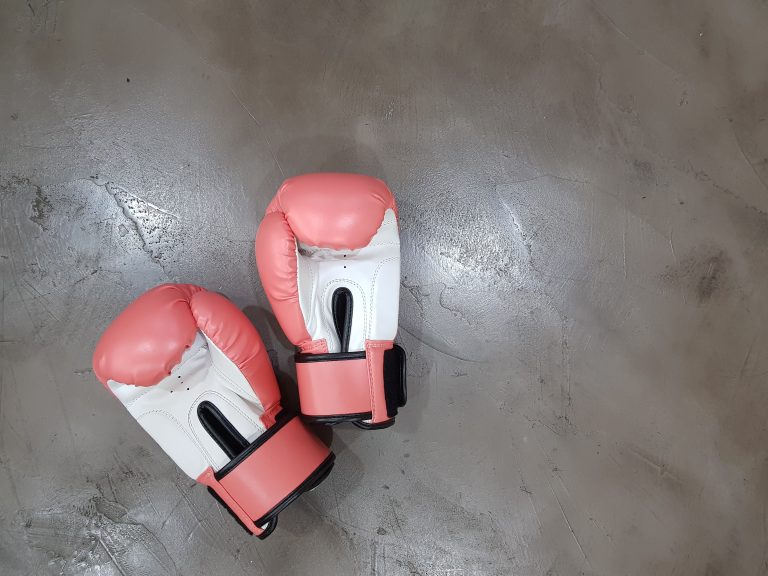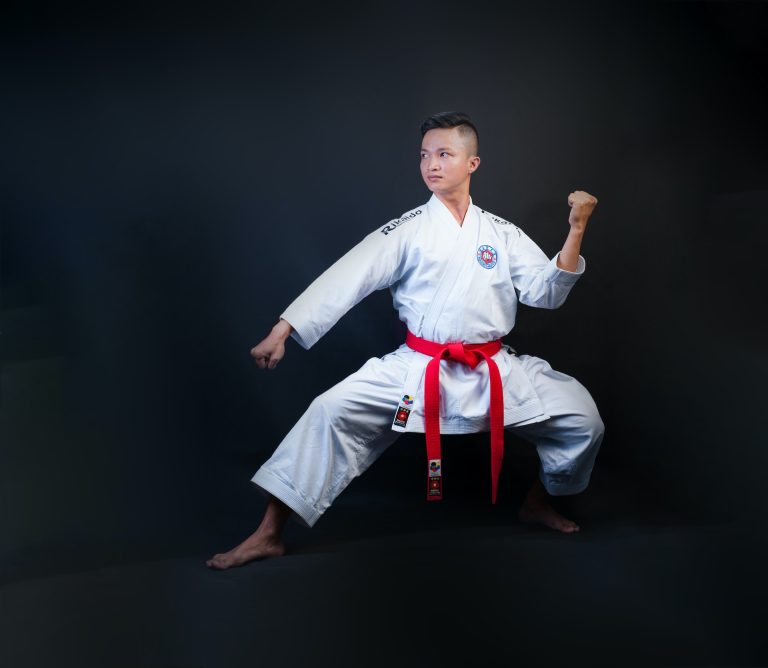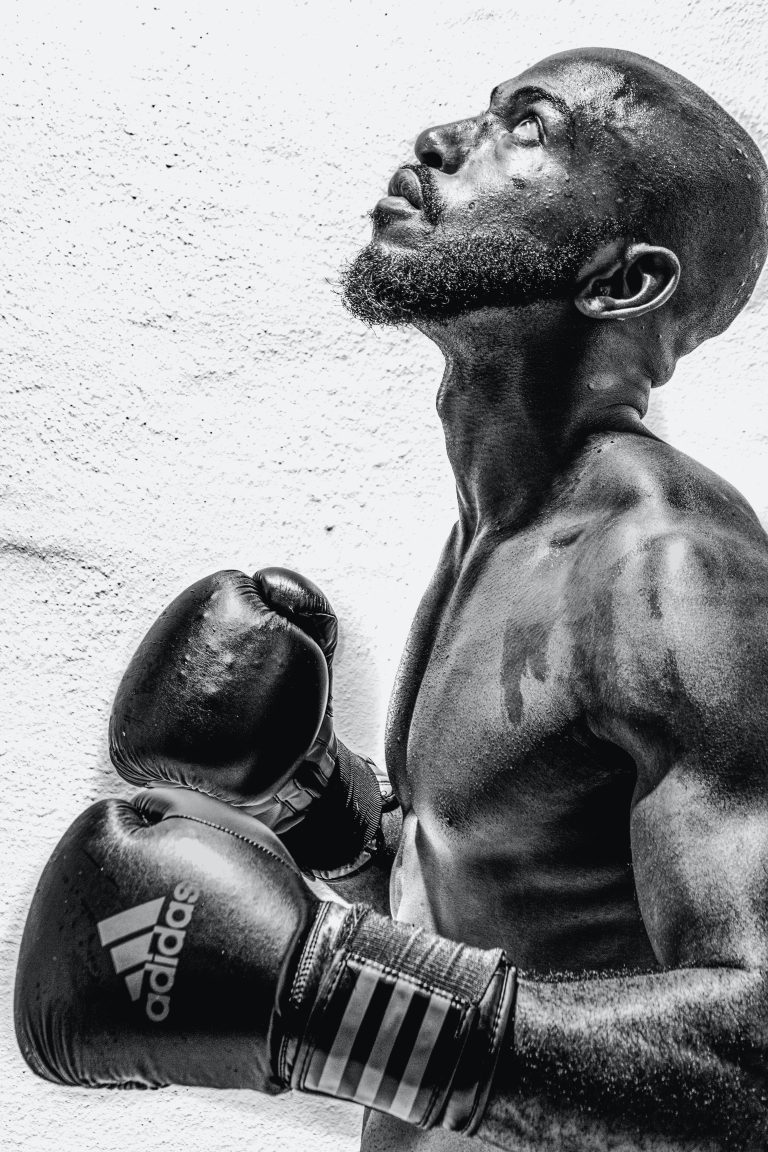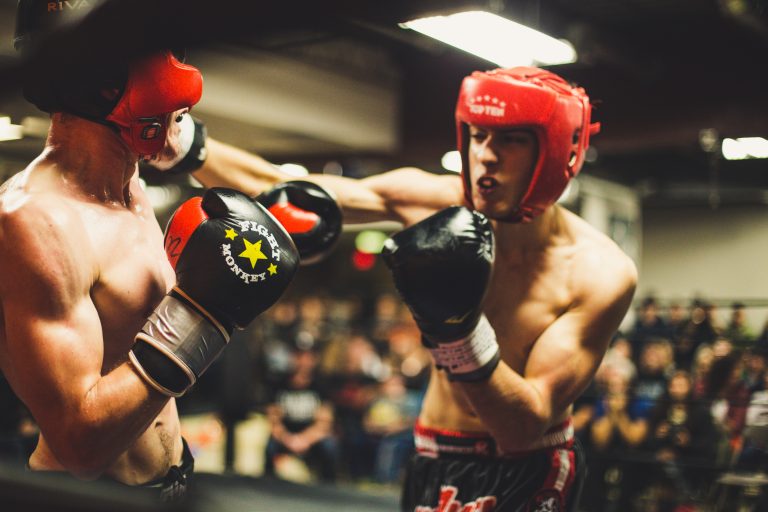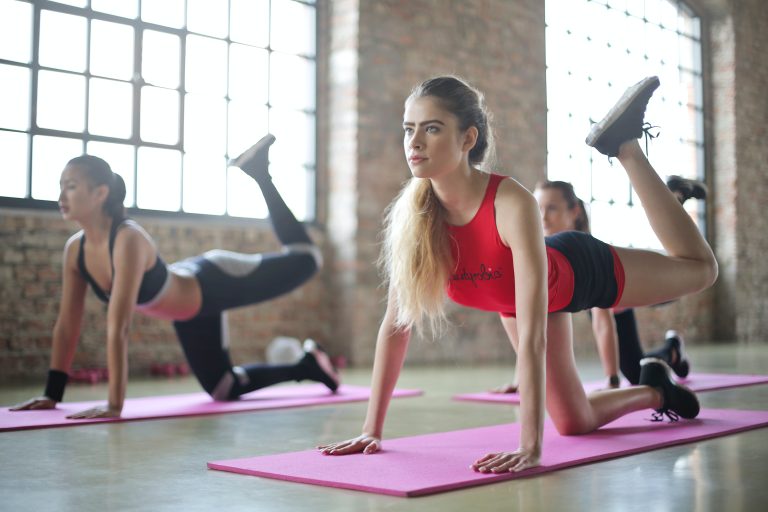How Do Karate Chops Work?
Karate chops are one of the most iconic moves in martial arts. Often portrayed in movies and TV shows, karate chops are a staple of hand-to-hand combat. But how do they work? In this blog post, we’ll take a closer look at the mechanics behind this powerful strike.
The Anatomy of a Karate Chop
Before we delve deeper into the mechanics of a karate chop, let’s first take a look at its anatomy. A karate chop is a strike delivered with the edge of the hand. The target of the strike can be various parts of the body, including the neck, head, collarbone, and abdomen.
The part of the hand used for a karate chop is the edge of the hand, also known as the knife hand. This part is located on the side of the hand, where the little finger is. Apart from the edge of the hand, the wrist is also used in a chopping motion.
The Science Behind a Karate Chop
Now that we know what a karate chop is, let’s dive into the science behind it. The effectiveness of a karate chop depends on several factors, including the velocity of the strike, the area of impact, and the angle of the chop.
When a karate chop is executed, the hand and wrist move in a whipping motion, generating a lot of force. The velocity of the chop also plays a crucial role in its effectiveness. The faster the chop, the more force it generates upon impact.
The area of impact is another essential factor to consider. A karate chop aims to hit a vulnerable area of the body, such as the neck or collarbone. These areas are less protected by muscles and bones, making them an easier target.
Finally, the angle of the chop also plays a crucial role in the strike’s effectiveness. A chop delivered at a 45-degree angle is considered the most effective because it maximizes the force of the blow. Angles that are too steep or too shallow may not deliver enough force to cause significant damage.
Training for Karate Chops
Karate chops are not easy to execute correctly, and it takes a lot of practice to master them. Training for karate chops involves developing the muscles necessary for the chopping motion, as well as perfecting the technique for maximum velocity and accuracy.
Exercises like wrist curls, finger pushups, and forearm planks can help strengthen the muscles needed for a karate chop. Practicing the chopping motion on a punching bag or focus pads can improve accuracy and speed.
How Do Karate Chops Work?
Introduction
Karate Chops are one of the most iconic martial arts techniques, famously known for breaking boards, tiles, and bricks using only the force of the hand. Karate Chops require a high level of skill and precision to execute effectively without injuring oneself, but how do they work?
What is a Karate Chop?
A karate chop is a quick hand motion in which an open hand strikes an object or surface with the blade of the hand (the area located at the base of the small finger). When the hand hits the object, the shock waves generated pass through the object, and the object is forced to break. Karate chops require a lot of training to execute effectively, as the technique is dependent on the precision and speed of the strike.
What Parts of the Hand are Used for Karate Chops?
In karate chops, the blade of the hand is the primary striking surface. It is the section of the hand that runs from the bottom of the little finger to the wrist bone. The part of the hand commonly referred to as the „knife-hand“. The blade of the hand is the hardest, most durable part of the hand, making it the optimal striking surface for breaking objects.
What is the Proper Technique for a Karate Chop?
The technique for a karate chop involves aligning the wrist, forearm, and shoulders to create a solid striking surface. The hand must be relaxed to achieve maximum velocity and power to break the object. One must execute a proper stance and ensure that the edge of the hand is used to make contact cleanly. It is crucial that a proper balance is maintained during the strike, and the target is hit with the maximum force possible, while being accurate and precise.
Can Karate Chops Cause Injuries?
While karate chops are an effective technique for breaking solid objects, it can also cause injuries to the hands if not performed correctly. There is a high chance of injuring the hand, wrist, or forearm if the technique or hand position is incorrect. If the force of the strike is directed downwards, it can cause significant harm to the wrist. There is also a potential for ligament damage, fractures or even breakage in the bones that form the wrist, if the technique is done improperly.
How do Karate Chops Work? A Step-by-Step Guide
If you are a fan of martial arts, you have probably seen some impressive demonstrations of karate chops. A well-executed karate chop can break wooden boards and even concrete blocks. But have you ever wondered how it works? In this guide, we will show you everything you need to know about karate chops, including the science behind them and how to perform them correctly.
Step 1: Understanding the Anatomy of a Karate Chop
Karate chop is a term used to describe a strike made with the edge of the hand, using a chopping motion. The karate chop can be performed with the palm, the side of the hand or the knife edge of the hand. The target of the karate chop is usually a vulnerable point on the opponent’s body, such as the neck, the temple, the nose or the collarbone.
Step 2: The Principles behind the Karate Chop
Karate chops rely on the same principles as other striking techniques in martial arts, such as punches or kicks. These principles include speed, power, accuracy, and timing. Karate chops also involve the use of the whole body, not just the arm that performs the strike.
Step 3: Technique of the Karate Chop
To perform a karate chop, start by assuming the proper stance, which varies depending on the style of karate you are practicing. In general, the stance should be stable, with one foot ahead of the other and the knees slightly bent. The striking hand should be cocked back, ready to deliver the blow.
Next, step forward with the front foot and rotate the hips and torso towards the target. As you do so, swing the striking hand forward in a controlled chopping motion, aiming for the target. The chopping motion should start from the shoulder and end with a snap of the wrist, maximizing the power of the strike.
Step 4: Common Mistakes to Avoid when Performing a Karate Chop
One of the most common mistakes when performing a karate chop is using only the arm to deliver the blow, without using the rest of the body. This can result in a weaker strike and can also cause injury to the arm.
Another mistake is aiming for a target that is too hard or too far away. In general, it is best to aim for soft targets such as the neck or temple, which are more vulnerable to strikes. Additionally, it is important to train with a partner or under the supervision of a qualified instructor, to avoid injury and ensure proper technique.
Conclusion
Karate chops are a powerful technique that can be effective in self-defense situations. By understanding the anatomy and principles of the karate chop, along with the proper technique and common mistakes to avoid, you can improve your martial arts skills and perform this striking technique more efficiently. Remember to train regularly and safely and to consult with a qualified instructor before attempting any new techniques.
Inhaltsverzeichnis


